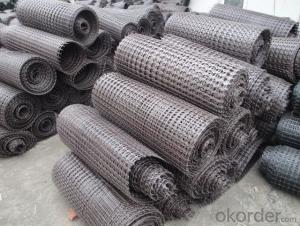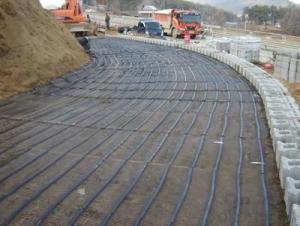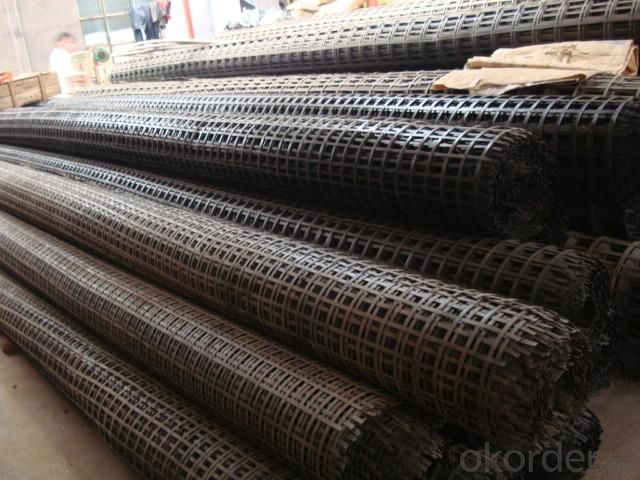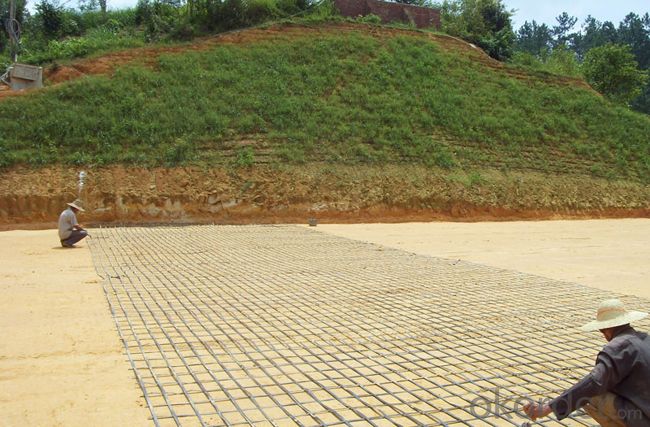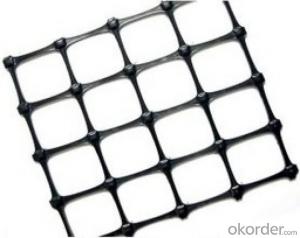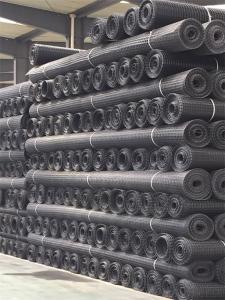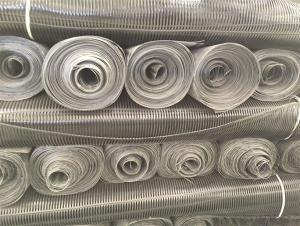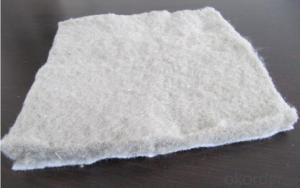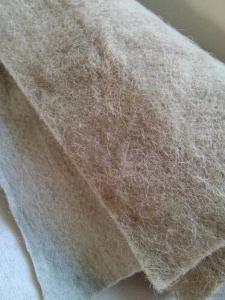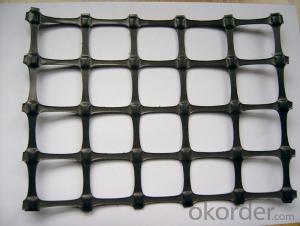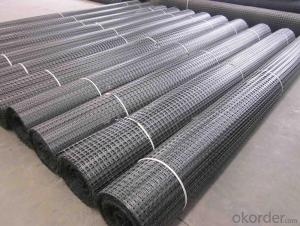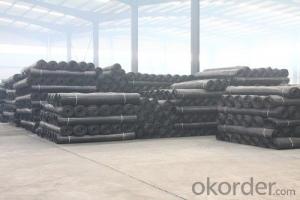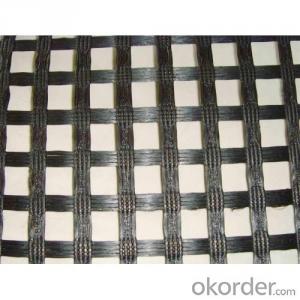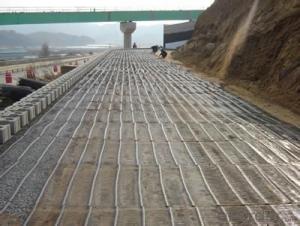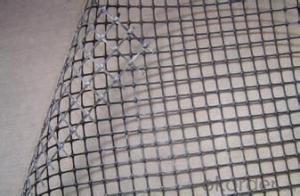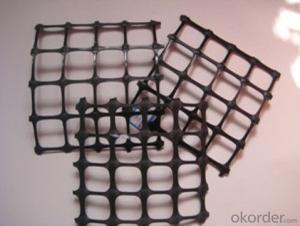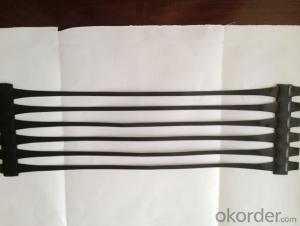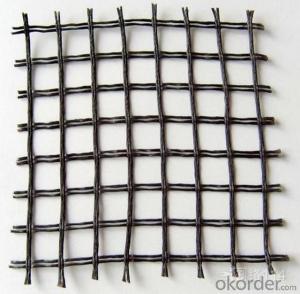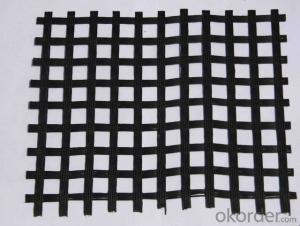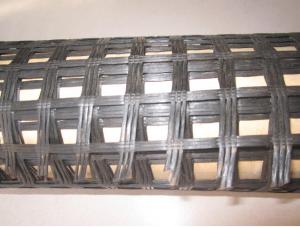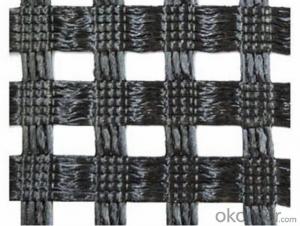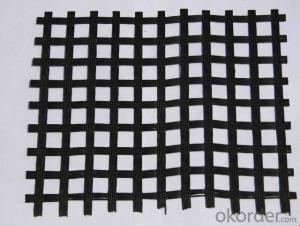High-Density Polyethylene Geogrids for Road Construction with CE Certificate
- Loading Port:
- Shanghai
- Payment Terms:
- TT OR LC
- Min Order Qty:
- 85800 m²
- Supply Capability:
- 1000000 m²/month
OKorder Service Pledge
OKorder Financial Service
You Might Also Like
The Description of pp geogrid
Fiberglass geogrid is a kind of new favorable earthwork base material to strengthen the road surface and roadbed. This product is made by weaving and covering fiberglass filament. It is featured by high vertical and horizontal tensile strength, low unit extension, high flexibility, and favorable high and low temperature resistance. The products after surface covering own the favorable property of alkali resistance and aging resistance.
The details of pp geogrid
| Type: | Geogrid | Material: | pp geogrid | Place of Origin: | China (Mainland) |
| Certificates: | CE,ISO | Color : | White & Black | Width : | 1m--6m |
| Length | 50-200m | Mesh Size: | 10-40mm | Tensile Strength | 30KN-300KN |
| Area Weight | 130-900g/sm | Package | PP bags or PE film | Approximate mesh size | 12.7*12.7 25*25 40*40 |
Packaging & Delivery
| Packaging Details | PP bags or PE film. Or Packed as customers' requests; |
| Delivery Detail | 10-20days after see the payment. |
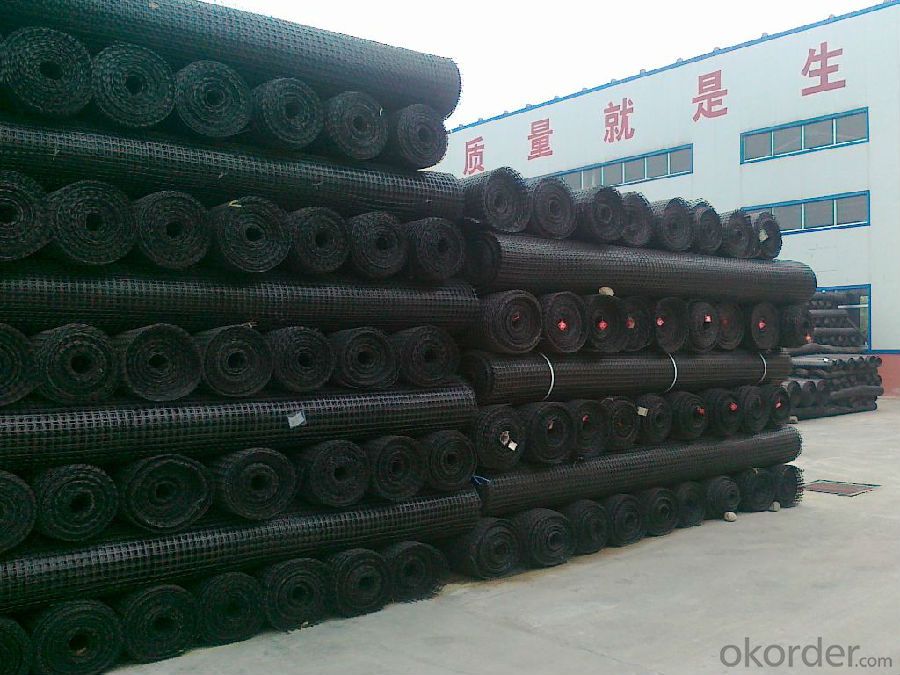

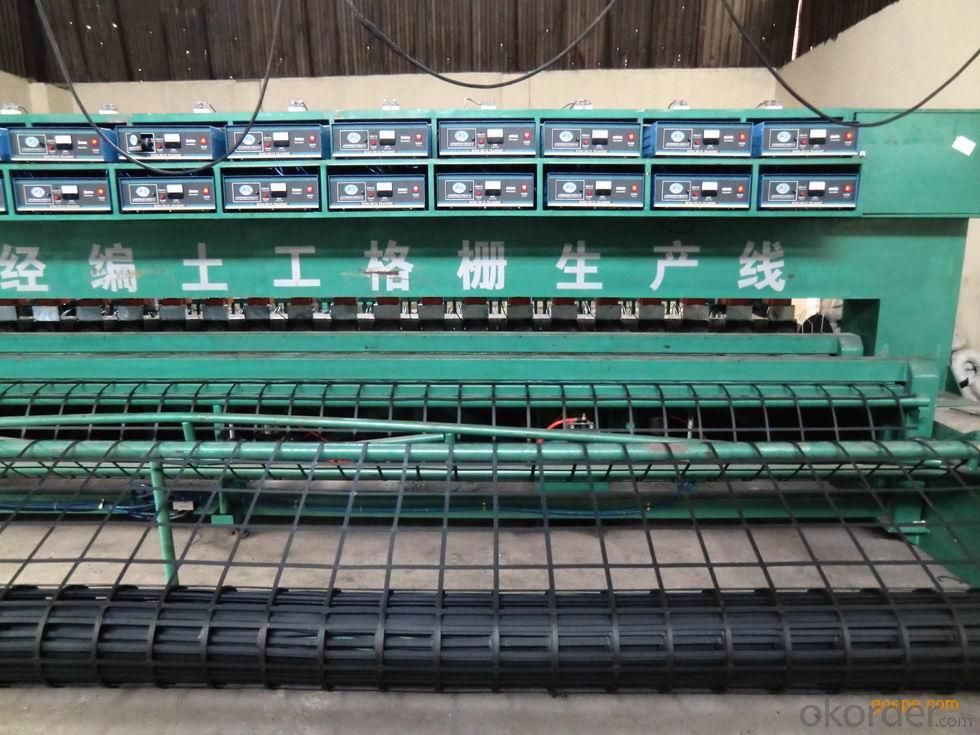
Remarks: we are very large fortune 500 enterprise with more than 20branches in worldwide, and have almost ten years export experience in geosynthetic field. We have kunlun bank account and have many Iran geosynthetics customers.So if any question or support, please just feel free to contact me at any time.
- Q: Are geogrids suitable for reinforcing embankments?
- Yes, geogrids are suitable for reinforcing embankments. Geogrids are specifically designed for soil reinforcement and stabilization purposes. They can effectively distribute loads and improve the stability and strength of embankments, preventing soil erosion and potential failure. Additionally, geogrids are easy to install, cost-effective, and have a long service life, making them a reliable choice for reinforcing embankments.
- Q: How do geogrids improve the performance of geotechnical structures?
- Geogrids improve the performance of geotechnical structures by enhancing their load-bearing capacity, reducing soil erosion, and providing stability. These synthetic materials are used to reinforce soil, increasing its strength and preventing it from shifting or settling. By distributing the load more evenly, geogrids minimize the potential for structural failure and improve overall stability. Additionally, they help to control soil erosion by stabilizing slopes and retaining walls, reducing the risk of landslides and erosion-related damage.
- Q: Can geogrids be used in reinforcement of rock slopes?
- Yes, geogrids can be used in the reinforcement of rock slopes. Geogrids are commonly used in geotechnical engineering to enhance the stability and strength of slopes, including rock slopes. They provide additional tensile strength to resist potential movement and erosion, improving the overall stability of the slope.
- Q: Can geogrids be used in ground stabilization for telecommunications infrastructure?
- Yes, geogrids can be used in ground stabilization for telecommunications infrastructure. Geogrids are commonly used in civil engineering projects to reinforce and stabilize soil, making them suitable for supporting the weight and load of telecommunications infrastructure such as towers, poles, and cables. They can effectively improve the soil's strength and prevent settlement, ensuring the stability and longevity of the infrastructure.
- Q: Can geogrids be used in reinforcement of soil-lime mixtures?
- Yes, geogrids can be used in the reinforcement of soil-lime mixtures. Geogrids are commonly used to enhance the engineering properties of soil and improve its stability. When incorporated into soil-lime mixtures, geogrids can provide additional tensile strength and help distribute load more evenly, resulting in increased reinforcement and improved performance of the mixture.
- Q: How do geogrids improve the performance of geosynthetic-reinforced retaining walls?
- Geogrids improve the performance of geosynthetic-reinforced retaining walls by providing additional stability and strength. They work by distributing the lateral forces exerted on the wall more evenly, reducing the chances of wall failure or deformation. Geogrids also enhance the overall load-bearing capacity of the wall, allowing for the construction of taller and more efficient retaining structures.
- Q: Are geogrids suitable for reinforcement of mechanically stabilized aggregate base layers?
- Yes, geogrids are suitable for reinforcement of mechanically stabilized aggregate base layers. Geogrids provide additional strength and stability to the aggregate base, improving its load-bearing capacity and resistance to deformation. They distribute the applied load more evenly, reducing the potential for rutting and cracking. Overall, using geogrids in mechanically stabilized aggregate base layers enhances their performance and longevity.
- Q: Can geogrids be used in bridge construction?
- Yes, geogrids can be used in bridge construction. Geogrids are often used as reinforcement materials in bridge foundations, abutments, and retaining walls to improve the stability and load-bearing capacity of the structure. They are effective in preventing soil erosion, reducing settlement, and distributing loads, making them a valuable component in bridge construction projects.
- Q: What are the application of Geogrid in the construction of cement concrete pavement
- On the basis of the surface of a layer of geogrid poured concrete
- Q: Can geogrids be used in reinforced slopes?
- Yes, geogrids can be used in reinforced slopes. Geogrids are often used to enhance the stability and strength of slopes by providing reinforcement and preventing soil erosion. They are commonly used in various engineering applications, including reinforced slopes, to improve slope stability and increase load-bearing capacity.
Send your message to us
High-Density Polyethylene Geogrids for Road Construction with CE Certificate
- Loading Port:
- Shanghai
- Payment Terms:
- TT OR LC
- Min Order Qty:
- 85800 m²
- Supply Capability:
- 1000000 m²/month
OKorder Service Pledge
OKorder Financial Service
Similar products
Hot products
Hot Searches
Related keywords
